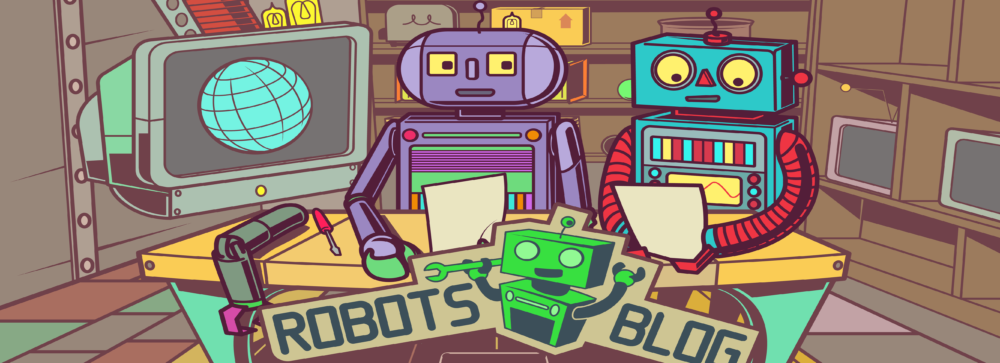
Dieses Manual zeigt wie Apps für das Google Betriebssystem Android programmiert werden können und wie diese u. a. mit
dem LEGO Mindstorms NXT verbunden werden.
Die Entwicklung der Apps erfolgt mit dem App Inventor von Google. Eine Schritt-für-Schritt Anleitung mit vielen Screen-Shots erläutert ausführlich die grafische Programmierung der Android-Apps.
Inhaltsverzeichnis:
Impressum
Vorwort
Allgemeine Information
Warum App Inventor?
Was ist Google App Inventor?
Versuchsaufbau und vorbereitende Arbeiten
Meine Erste App
App zur Steuerung des NXT
Ausblick
Links und Literatur
Link zur Download-Seite: http://roberta-home.de/de/was-bietet-roberta/roberta-reihe/roberta-manual-zum-entwickeln-von-android-apps
